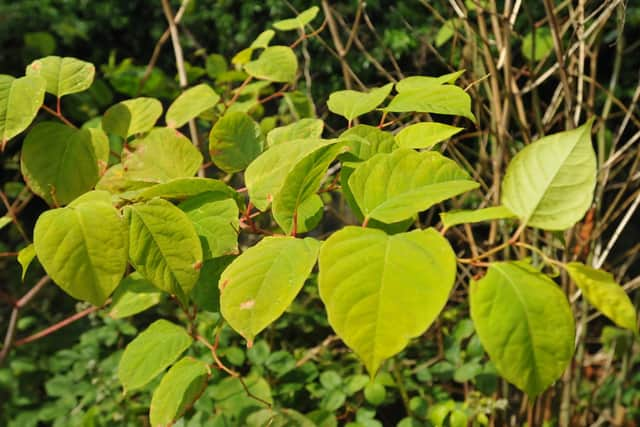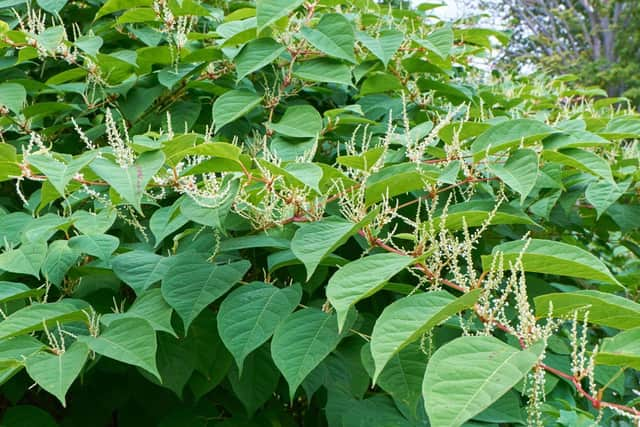Japanese Knotweed: 10 high risk Glasgow areas and how to manage the invasive species
This article contains affiliate links. We may earn a small commission on items purchased through this article, but that does not affect our editorial judgement.
and live on Freeview channel 276
As Glasgow enjoys more nice weather more people will be looking to get their garden sorted for the summer. However, gardeners should be aware that the invasive species Japanese Knotweed has been reported widely in the area and can cause major damage to your property.
Environet has launched their own interactive heatmap designed to inform homeowners and homebuyers of the local presence of knotweed and the potential risk to their property, the data is generated from over 50,000 known infestations, with new sightings added daily.
Advertisement
Hide AdAdvertisement
Hide AdLast year, a man in London discovered the invasive species in his newly purchased home and successfully sued the previous owner of his house after discovering a large amount of Japanese knotweed in his garden, resulting in a £200,000 court bill. Making a seller aware of the presence of Japanese knotweed has been legally required since 2013.
According to theRoyal Horticultural Society, the seller is required to state whether Japanese knotweed is present on their property through a TA6 form - the property information form used for conveyancing. So, what is Japanese Knotweed? Here’s everything you need to know about managing invasive species.
What is Japanese Knotweed?
Beginning to grow in April-May, Japanese knotweed is a massive root system that utilises weaknesses in building foundations and connecting drainage systems, and causes gradual damage, resulting in a faulty structure over an extended period of time.
It could cost the average UK property up to £40,000 for professional Japanese knotweed removal and a further £9,500 for structural damage repairs depending on the impact it has had over time amounting to nearly £50k in fees.
Advertisement
Hide AdAdvertisement
Hide Ad10 Edinburgh areas with Japanese knotweed infestations
According to Environetuk, these are the Edinburgh areas with the most Japanese knotweed infestations within a 4km radius. You can check if your area is infested with the destructive plant by keying in your postcode:
- Glasgow City Centre - 130
- Rutherglen - 158
- Bishopbriggs - 97
- Lenzie - 68
- Hamilton - 124
- Motherwell - 32
- Coatbridge - 32
- Renfrew - 92
- Clydebank - 33
- Bearsden - 140


How to find out if your area is high risk
The interactive heatmap to find out whether your area is high-risk for Japanese Knotweed can be found on the Environet UK website. All you need is your postcode and the database will tell you whether or not you should be concerned about the invasive species in your area.
How to stop knotweed spreading
According to the Government website, homeowners should not treat knotweed on their own unless they have the appropriate skills or they can find companies that specialise in treating knotweed.
Spraying or injecting the stems with chemicals can be an effective treatment to stop knotweeds spreading but only approved herbicides can be used. Respraying is also needed as it usually takes at least three years to treat Japanese knotweed.


When using chemicals, you may need to:
- make sure anyone spraying holds a certificate of competence for herbicide use or works under direct supervision of a certificate holder
- carry out a Control of Substances Hazardous to Health assessment
- get permission from Natural England if the area is protected, for example sites of special scientific interest
- get permission from the Environment Agency if the plants are near water
Comment Guidelines
National World encourages reader discussion on our stories. User feedback, insights and back-and-forth exchanges add a rich layer of context to reporting. Please review our Community Guidelines before commenting.
